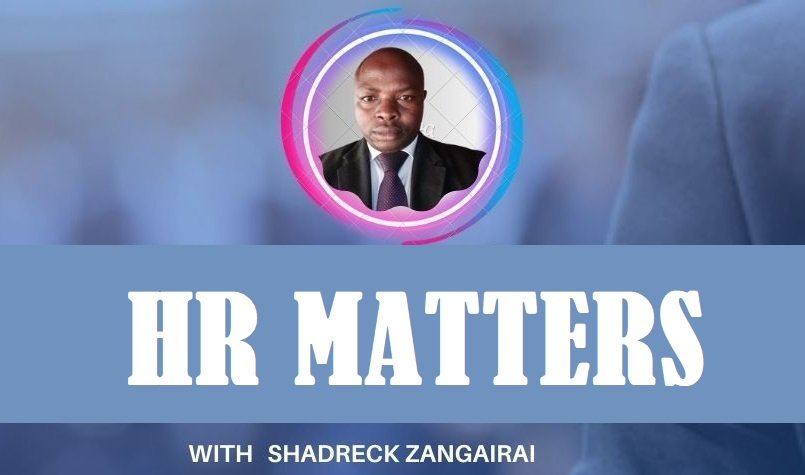By Shadreck Zangairai
Planning For Retirement
Everyone’s life revolves round retirement planning. Given the rising rate of inflation and the limited social security programmes available to older adults, it is critical that you begin planning for your retirement as soon as possible. Preparing for retirement is a lot like preparing for a trip: nothing ever happens as planned. However, the better the strategy, the better the result. When things go wrong, you need to be able to adjust to shifting conditions. You never know what retirement will be like until you arrive. Making a smooth transition by “practicing retirement” is an important part of any retirement strategy. Consider it a dress rehearsal before you make the big (and often irreversible) decision to retire completely. According to one Scholar, Quinn, the following are some of the considerations;
• Before you retire, make a financial plan.
• You will need to be able to rebuild your finances once you retire.
• It is not as simple as it appears to keep your way of life.
• Inflation is a matter of survival.
• Making the transition to retirement is not easy.
• Are you going to be busy or bored?
• It is all up to you.
• Where have all of my “friends” gone?
Role of HR in preparing workers for retirement
Planning for retirement starts on the day one gets employed. Whereas this is ideal, the reality is that most individuals hold off retirement planning until in their 40s or even 50s. We have had judges, teachers, executives in State agencies and numerous professionals contesting to have their contracts extended to surpass the recommended retirement age. Therefore, the big question remains, who is to blame for the lack of preparedness? Is it a result of ignorance on the part of the individual or the human resource (HR) function? Whereas retirement planning is ultimately an individual responsibility, studies show that setting employees’ minds at rest about their retirement will make them more productive, loyal and committed. Employees leave the organisation feeling that their worth was recognised at every stage of their career. Therefore, involvement by both the individual and HR offers a win-win solution for both parties.
Also interestingly, positive saving behaviours such as having an emergency fund, maintaining a bank account or paying up credit when due do not impact an individual’s retirement confidence. This further shows the need for financial management programmes that go further than helping individuals budget, get out of debt or come up with a plan. The sensitisation should provide insights into much more critical retirement issues like estate planning, age-based investment, and nomination of beneficiaries, income replacement rations and compounding effect, among others.
Traditionally, retirement income used to come from three main sources: social security program, employer-provided retirement benefits program, and personal savings. Employer-provided retirement income benefit programs have been the main way in which organizations have helped employees fund their retirement years. From an individual standpoint, retirement is a process that begins long before, and continues well after, one retires. This temporary view of the retirement process is also shared by employers. The key task in the years leading up to the point when a worker officially retires is retirement preparation. Retirement preparation involves planning and taking those actions needed before retirement to help ensure that one has a satisfying retirement after retirement.
The main way in which organizations help workers with their retirement preparation is through provision of employee benefits. In addition to the retirement income, an organisation can offer many other benefits aimed at protecting employees after they retire. These include retiree health benefits, health savings accounts, and long-term care insurance. Retiree health benefits are health insurance programs that cover workers after they retire. Changes in government regulations and the downturn in the economy have led some employers to stop offering these benefit or reduce coverage. Unlike some other benefits, unless the organisation has made specific promises or surrendered the right co change their plans, these plans can be eliminated or changed by organisation.
The training has to go beyond the textbook action of estimating retirement needs but focus on holistic investment advice that takes to account retirement planning for individuals and their spouses and portfolio building. It’s only through taking this approach that we will enable members to make informed investment decisions. Additionally, HR practitioners need to take advantage of information technology not only as an enabler of operational efficiency but also as a platform for innovative financial literacy and member communication.
NB Employer Takeaway – A one-size-fits-all approach to retirement is no longer a workable solution for most employees. Employers have a unique opportunity to create a positive impact on the lives of their employees by taking proactive steps to assist employees in preparing for retirement. Empowering retirement readiness can not only help employers improve their attraction and retention efforts but also demonstrate their commitment to their employees’ well-being and improve their bottom lines.
Disclaimer: The author do not accept any liability for any damages or losses suffered as a result of actions taken based on information contained herein. Shadreck Zangairai is a Human Resources Practitioner
and for feedback,
email: sh***********@gm***.com,







